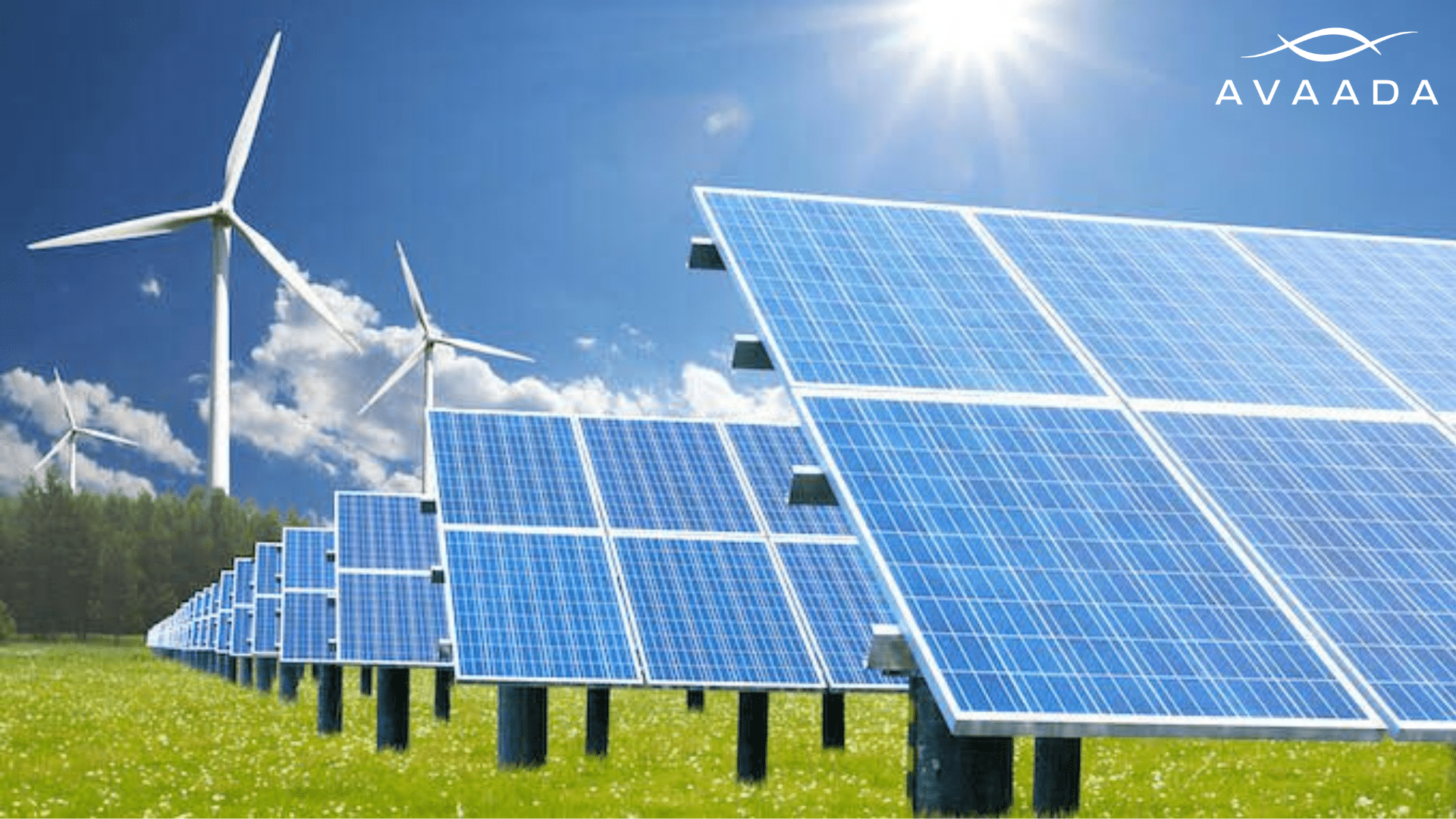As we step into a new era, the Indian power sector stands at the threshold of remarkable growth and transformation. The recent surge in power demand, the significant strides in renewable energy, and strategic policy actions have set the stage for a promising decade ahead. Let us delve into the factors that suggest the power sector in India is expected to continue thriving in the coming years.
- Surging Power Demand:
In August 2023, India witnessed a substantial spike in power demand, with energy consumption ranging between 4,500-5,130MU and peak demand soaring to an average of 221GW, marking an impressive increase from the 199GW recorded in July 2023. The monthly peak demand reported a staggering 21% year-on-year (YoY) growth, while energy demand grew by 15% YoY. However, this growing demand has also exposed a shortage in power supply, which surged by 65% YoY to 766MU in August 2023, marking the highest deficit since June 2022.
- Remarkable Power Generation Growth:
Total power generation showed significant improvement, soaring by 14% YoY to reach 160BU in August 2023. What’s even more promising is the increasing contribution of renewable energy (RE), which accounted for 13.9% of total generation in August 2023, showcasing the nation’s commitment to sustainable energy sources.
- Renewables on the Rise:
India’s renewable energy sector is poised for growth due to various policy actions, declining input costs, and increasing tariffs. The pace of solar project execution is expected to accelerate in the coming months, promising cleaner and more sustainable energy sources for the nation. Wind capacity installations in India surged by an impressive 144% YoY to reach 1,307MW during the year-to-date FY24.
- Tariff Evolution:
The average tariff in the day-ahead spot power market witnessed a significant upswing, jumping to INR 6.9/kWh in August 2023, from INR 4.5/kWh in July 2023. This upward trend in tariffs is a positive sign for the sector, providing more revenue to support infrastructure development and maintenance.
- Expanding Generation Capacity:
Between April and July 2023, India added 4,365MW of solar, 1,307MW of wind, 874MW of thermal, and 700MW of nuclear capacities. As of July 2023, the country boasts an installed capacity of 423GW, with non-fossil and renewable energy sources contributing significantly, accounting for 185GW and 131GW, respectively.
- Growing Domestic Manufacturing:
India’s reliance on solar module imports from China witnessed a staggering decline of 76%, equivalent to a colossal 7.5 gigawatts (GW) year-on-year. This dramatic reduction slashed the import total from 9.8 GW in the first half of 2022 to a mere 2.3 GW during the corresponding period in 2023.
- Solar Input Material Cost Trends:
The cost of solar components, including polysilicon, wafers, and cells, has declined due to global capacity expansions and systemic oversupply. While there are recent signs of a gradual price increase, these cost reductions have made solar energy more affordable and accessible for consumers and businesses alike.
In conclusion, the Indian power sector is at an exciting crossroads, poised for continued growth and development. The surging power demand, expanding generation capacity, increasing reliance on renewables, and the resilience of the coal sector all contribute to the sector’s positive outlook. With strategic policy initiatives and a commitment to sustainability, India is well-positioned to meet its energy needs and drive economic growth in the coming decade. The future of India’s power sector is bright, promising a more electrified and sustainable nation for all its citizens.








